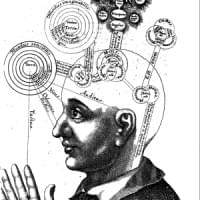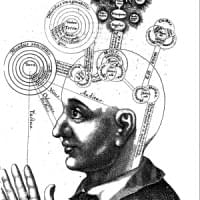
Philosophical and theoretical debates on the multiple realisability of the cognitive have historically influenced discussions of the possible systems capable of instantiating complex functions like memory, learning, goal-directedness, and decision-making. These debates have had the corollary of undermining, if not altogether neglecting, the materiality and corporeality of cognition-treating material, living processes as “hardware” problems that can be abstracted out and, in principle, implemented in a variety of materials-in particular on digital computers and in the form of state-of-the-art neural networks. In sum, the matter in se has been taken not to matter for cognition. However, in this paper, we argue that the materiality of cognition-and the living, self-organizing processes that it enables-requires a more detailed assessment when understanding the nature of cognition and recreating it in the field of embodied robotics. Or, in slogan form, that the matter matters for cognitive form and function. We pull from the fields of Active Matter Physics, Soft Robotics, and Basal Cognition literature to suggest that the imbrication between material and cognitive processes is closer than standard accounts of multiple realisability suggest. In light of this, we propose upgrading the notion of multiple realisability from the standard version-what we call 1.0-to a more nuanced conception 2.0 to better reflect the recent empirical advancements, while at the same time averting many of the problems that have been raised for it. These fields are actively reshaping the terrain in which we understand materiality and how it enables, mediates, and constrains cognition. We propose that taking the materiality of our embodied, precarious nature seriously furnishes an important research avenue for the development of embodied robots that autonomously value, engage, and interact with the environment in a goal-directed manner, in response to existential needs of survival, persistence, and, ultimately, reproduction. Thus, we argue that by placing further emphasis on the soft, active, and plastic nature of the materials that constitute cognitive embodiment, we can move further in the direction of autonomous embodied robots and Artificial Intelligence.
Keywords: active matter physics; artificial intelligence; basal cognition; embodied cognition; fine-grained functionalism; functionalism; multiple realisability; soft robotics.
Copyright © 2022 Harrison, Rorot and Laukaityte.


















